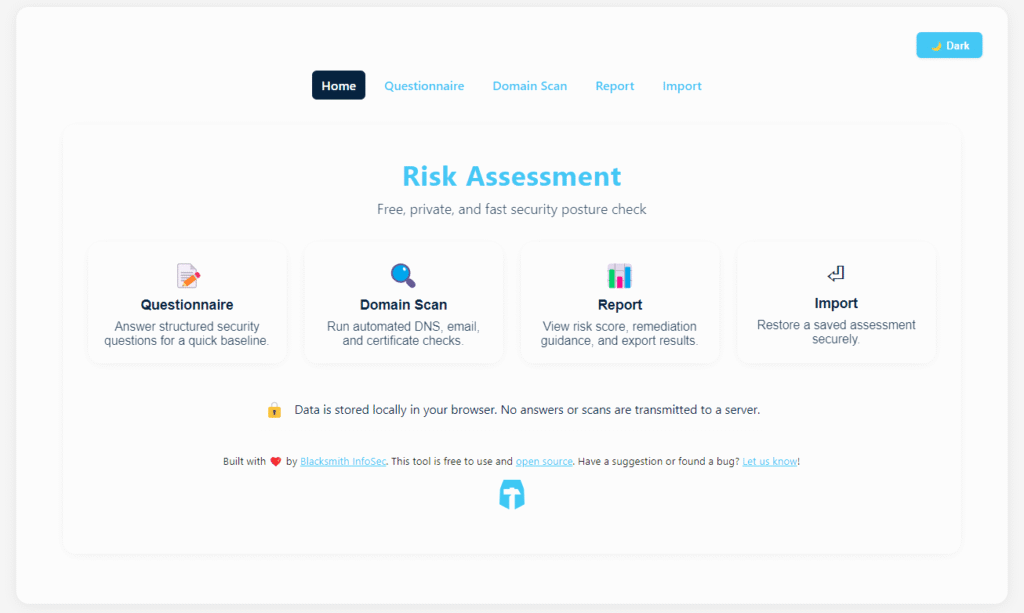Gamification in security awareness transforms cybersecurity training from a routine task into a dynamic, engaging experience. By weaving game mechanics — such as quizzes, challenges, and recognition programs — into training content, organizations can motivate participation, reinforce key concepts, and cultivate a culture of continuous vigilance.
Why Gamify Security Awareness?
Gamification leverages the brain’s reward system, turning security education into active participation. Points, badges, leaderboards, and team-based competitions create a sense of achievement and friendly rivalry, increasing motivation to adopt secure behaviors. Research shows that gamified security training improves retention by providing immediate feedback and enabling employees to learn from mistakes in a risk-free environment.
Innovative Gamified Strategies
-
Phishing Simulations with Leaderboards: Simulated phishing emails let employees compete to identify threats. Participants earn points for correct responses, and leaderboards foster team competition without shaming those who slip up. Such programs have been shown to increase phishing detection rates by over 50%.
-
Cybersecurity Escape Rooms: Time-limited, puzzle-based team challenges simulate real-world incidents, helping participants practice detection skills, password hygiene, and collaboration. Major organizations such as IBM and PwC have used escape room formats, reporting higher knowledge retention and improved team cohesion.
-
Quizzes in Newsletter Content: Including live-scoring quizzes in the curriculum — such as “question of the week” or scenario-based challenges — turns passive readers into active learners. These quizzes cater to different learning styles, provide instant feedback, and reinforce training by making employees think critically about current threats.
Recognition and Reward Programs
Recognition amplifies the benefits of gamified content. Awarding digital badges, highlighting top performers in newsletters, or organizing interdepartmental competitions transforms cybersecurity from an annual obligation into an ongoing, celebrated pursuit. Many organizations publicly recognize those who report phishing attempts or demonstrate security best practices, promoting vigilance through positive reinforcement.
Best Practices for Implementation
-
Keep participation voluntary and rewards positive, avoiding punitive measures for mistakes.
-
Tailor games and quizzes to reflect real-world threats that employees are likely to face, anchoring training in practical scenarios.
-
Incorporate both individual and team challenges to boost engagement and foster a communal security culture.
-
Track engagement metrics (such as quiz completion rates and phishing reports) to refine future content and measure impact.
By integrating these gamified elements into newsletters, organizations inject energy, accountability, and fun into security awareness — fostering habits that persist far beyond a single training cycle.



